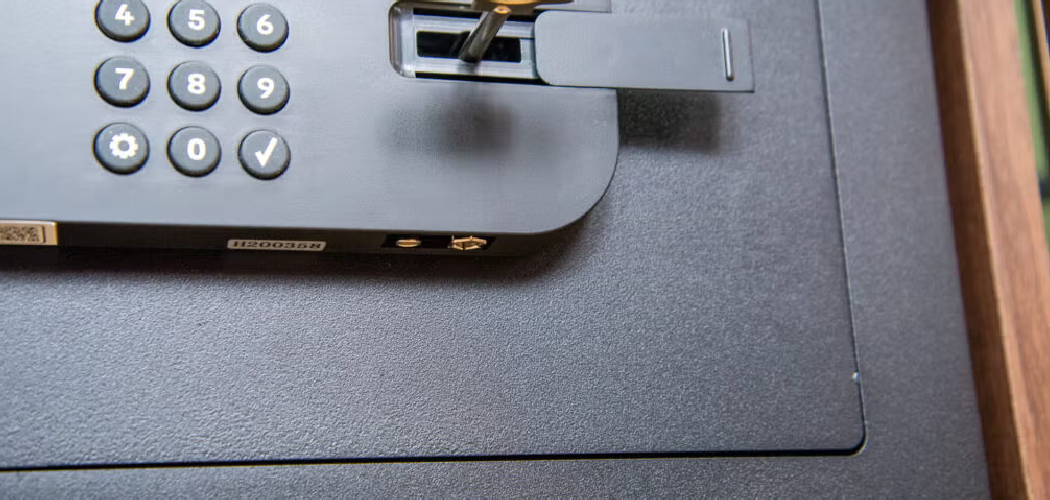Hotel safes are an essential feature for travelers looking to secure their valuables during their stay. Whether you are storing passports, cash, electronics, or important documents, using a hotel safe can provide peace of mind. In this blog post we will show you how to use hotel safe so that it functions properly. Read on to learn more about which components and tools are needed for the job as well as detailed instructions on completing the task!
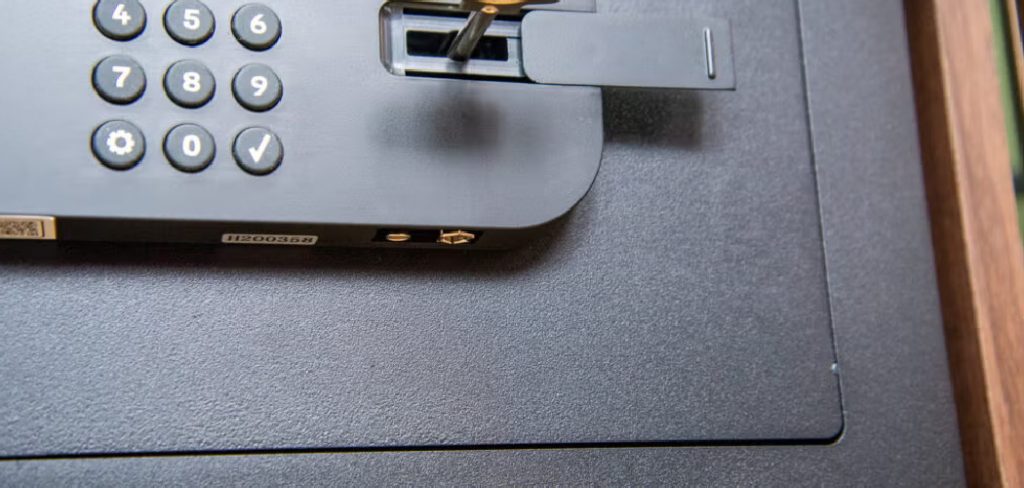
What is a Hotel Safe?
A hotel safe is a compact, secure storage unit typically found in guest rooms of hotels, designed to protect valuables from theft or unauthorized access. These safes are usually equipped with a digital keypad or a key-operated lock, making them easy to use and reliable. Hotel safes are designed to accommodate small but important items such as passports, jewelry, cash, and electronic gadgets like laptops or tablets. By providing guests with a safe space for their belongings, hotels enhance the security and comfort of their visitors during their stay.
Why You Should Use a Hotel Safe
Using a hotel safe during your stay is a simple yet effective way to ensure the protection of your valuables. Travel can be unpredictable, and leaving items unsecured in your room increases the risk of theft or misplacement. By storing important possessions such as passports, cash, and electronics in a hotel safe, you can minimize stress and focus on enjoying your trip.
Hotel safes offer reliable mechanisms, whether digital or key-operated, ensuring that your belongings remain secure from unauthorized access. Additionally, in cases where hotel staff or other guests may have access to your room, utilizing the safe provides an added layer of security. Using a hotel safe is a valuable step toward safeguarding your personal items and enjoying peace of mind throughout your stay.
Types of Hotel Safes
Hotel safes come in a variety of types, each designed to accommodate different needs and preferences. The most common type is the digital safe, which uses a keypad for secure access through a user-created PIN code. These safes are easy to use and reset, providing convenience for travelers. Another popular option is the key-operated safe, which relies on a physical key for access. While straightforward, these safes require careful handling of the key to avoid misplacement.
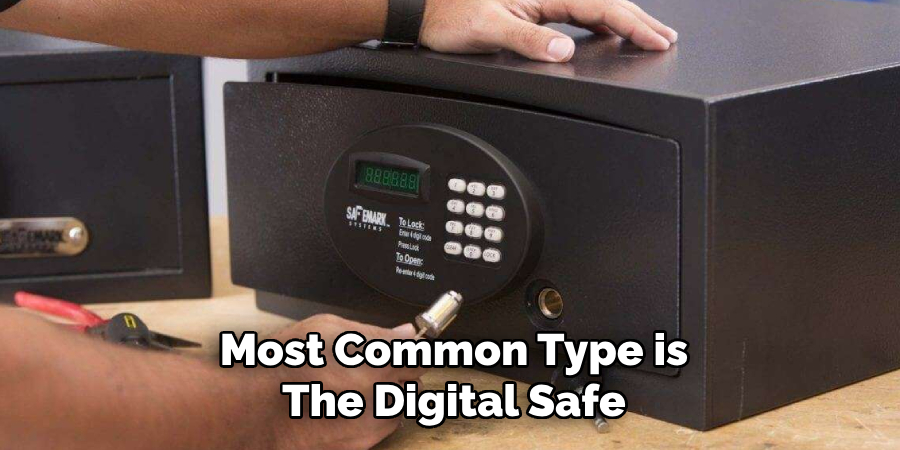
Additionally, some hotels may offer biometric safes that use advanced technology such as fingerprint scanning for enhanced security. For travelers with larger valuables, such as laptops, hotel rooms may also feature laptop-sized safes, specifically designed to house larger electronics securely. Understanding the types of hotel safes available can help users select the best option for their belongings during their stay.
Problems with Hotel Safes and How to Solve Them
While hotel safes are designed to provide security, they are not without their flaws. One common issue is the possibility of default master codes, which hotels may use for emergencies but can also be exploited if not properly secured. To address this, travelers can inquire with the hotel about their safe management practices or avoid storing extremely valuable items in the safe.
Another potential problem is mechanical or digital malfunctions. A jammed lock or an unresponsive keypad can prevent access to important belongings. To mitigate this, guests should ensure the safe is functioning properly before locking their items inside. Reporting any issues to hotel staff immediately can also prevent future inconveniences.
Lastly, there is the risk of human error, such as forgetting the safe’s combination or misplacing the physical key. Travelers can solve this by carefully noting the combination in a secure location or opting for safes with alternative access methods, such as card or fingerprint recognition.
By understanding these potential problems and preparing accordingly, travelers can use hotel safes effectively and minimize risks to their valuables.
10 Methods How to Use Hotel Safe
1. Choose a Secure and Convenient Location for the Safe
When you check into your hotel room, the first step is to locate the safe. Typically, hotel safes are found in either the closet or the wardrobe, but some hotels may offer safes in other convenient locations like drawers or nightstands. Regardless of where the safe is located, ensure that it is in a discreet spot within the room. Ideally, choose a safe that’s within your line of sight, but not immediately visible to anyone entering the room. This will help you prevent unnecessary attention to the safe and your valuables.
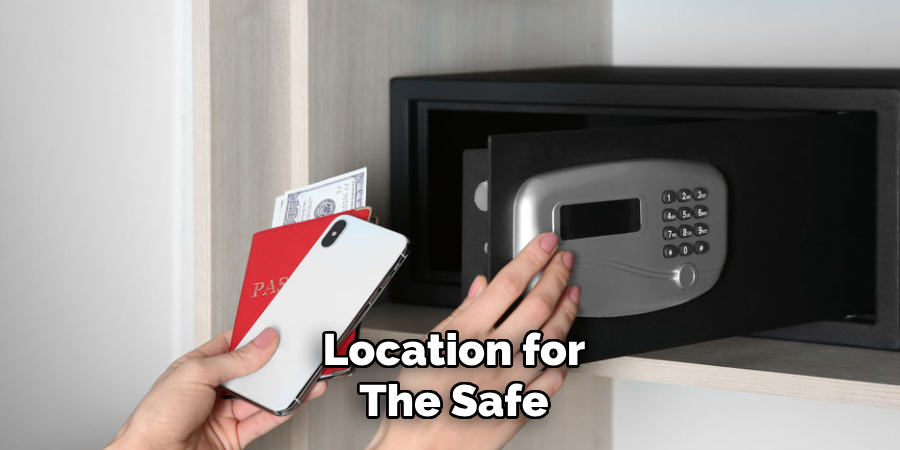
2. Check the Safe’s Condition and Size
Before you start using the safe, check that it is in good working condition. Open and close the door to ensure that it operates smoothly and doesn’t have any signs of damage or wear. Confirm that the lock mechanism is functioning properly, and make sure the safe is large enough to accommodate your valuables. If the safe is too small for your needs, or if you notice any issues with its operation, contact the hotel front desk immediately for assistance or to request another room with a better-secured safe.
3. Read the Instructions Provided by the Hotel
Many hotel safes are equipped with user manuals or instructions that can guide you through the process of setting up your personal code and using the safe correctly. It’s important to review these instructions carefully, as each hotel may have different models of safes with varying features. Some safes may be controlled by a key, while others use electronic keypads or even biometric identification. Understanding the specific instructions for your room’s safe will help you avoid any confusion when securing your valuables.
4. Set a Personal PIN Code
One of the key steps in using a hotel safe is setting a personal PIN code to lock and unlock the safe. This code will act as the key to your safe, so it is crucial that you choose a number you can easily remember but that isn’t easily guessed. Avoid using obvious combinations like your birth year, room number, or the number “1234.” Choose a random set of numbers, ideally a combination of at least four digits, to improve security. After setting the PIN, ensure the safe is locked and try entering the code again to confirm that it works before placing any items inside.
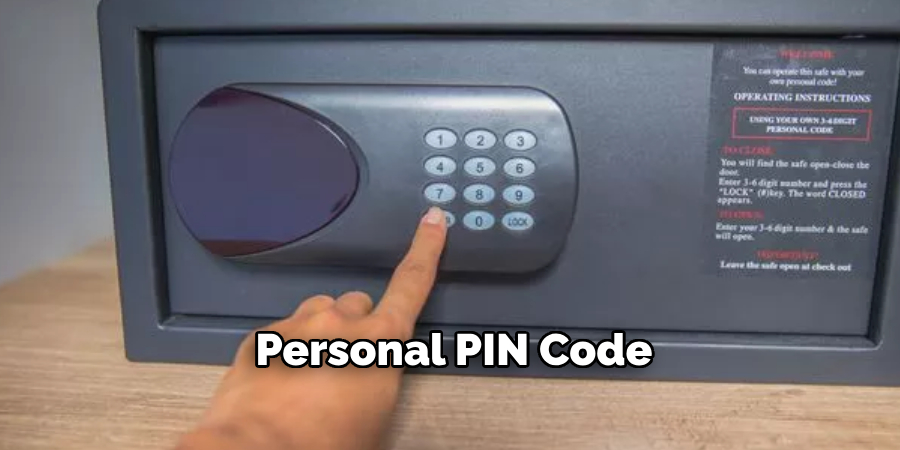
5. Place Your Valuables in the Safe
After setting the PIN, it’s time to place your valuables inside the safe. This could include items such as passports, credit cards, cash, electronics, jewelry, and any other possessions you want to keep secure. Arrange your items neatly within the safe to avoid overstuffing it, which could cause the safe door to become misaligned or difficult to close. Remember not to leave any items outside the safe or in easily accessible areas of your hotel room, as this could increase the risk of theft.
6. Close and Lock the Safe Properly
Once your valuables are inside, make sure to close the safe door properly and lock it securely. For electronic safes, this typically involves pressing a button on the keypad after entering your PIN code. With key-operated safes, simply turn the key to the locked position. Double-check that the safe door is properly sealed and that there is no gap. A safe that isn’t properly closed may not lock, leaving your items vulnerable to theft. For added peace of mind, gently tug on the safe door after locking it to ensure it’s secure.
7. Avoid Sharing Your PIN Code
For security reasons, avoid sharing the PIN code with anyone other than trusted companions. This includes hotel staff, housekeeping, or even your travel companions if they do not need access to the safe. In case you forget the code, many hotels have procedures in place to help you recover or reset your PIN, but it’s important to maintain the confidentiality of the combination for your safety. If you’re staying in a room with multiple guests, make sure that everyone respects the privacy of the safe.
8. Use the Safe While You’re in the Room
While you are in your hotel room, it is a good practice to keep the safe locked even if you are just stepping out for a short period. Having the safe locked provides an added layer of security, especially if you are planning to leave items in the room but need to step away. This applies whether you’re going to the hotel pool, restaurant, or even when you’re in the shower. It’s important to lock your valuables away whenever you leave the room, as hotel staff or cleaning personnel may enter the room when you’re not around.
9. Double-Check Before You Leave the Hotel
Before you check out of the hotel, double-check that the safe is properly unlocked and emptied of all your belongings. You don’t want to leave valuable items behind, so take a moment to carefully retrieve everything from the safe, including small items like jewelry or cash that might be hidden in the corners. Always perform a final check of the safe and room to ensure you haven’t forgotten any important items. Once the safe is empty, close it and lock it to avoid accidentally leaving the door open.
10. Report Any Issues with the Safe Immediately
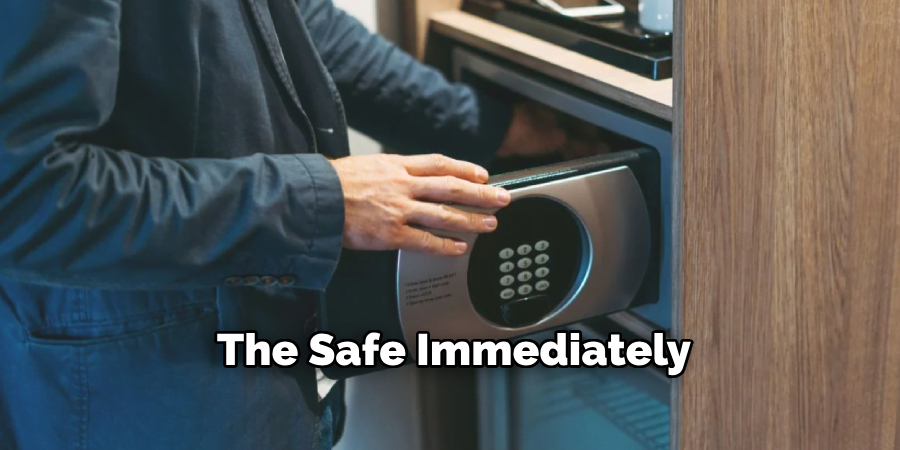
If you experience any issues with the hotel safe—such as forgetting your PIN, a malfunctioning lock, or a broken safe door—contact the hotel staff immediately. Most hotels have a protocol in place for assisting guests with safe-related problems, and they will likely provide you with a backup solution. This may include resetting the PIN, providing you with a master key, or offering access to another safe. Reporting problems early ensures that your items remain secure and that you can resolve any issues without undue stress.
Things to Consider When Using a Hotel Safe
Choose a Strong PIN
Always set a PIN that is difficult to guess. Avoid obvious numbers such as your birthdate, room number, or repeating digits. A strong PIN enhances the security of your valuables.
Double-Check the Lock
After closing and locking the safe, ensure it is properly secured. Try opening it again briefly to confirm it has successfully locked before leaving it unattended.
Limit Valuable Storage
Only store essential and high-value items in the safe, such as passports, jewelry, or cash. For less critical belongings, consider alternative storage options.

Inspect the Safe Upon Arrival
Before using the safe, check for any visible signs of tampering or damage. If you notice any issues, notify hotel management right away to avoid problems later.
Be Mindful of Hotel Policies
Familiarize yourself with the hotel’s policy on safes and liability for stored belongings. Some hotels include disclaimers regarding responsibility for lost or stolen items.
Use Additional Security Measures
If the hotel safe seems unreliable, consider using your own portable travel safe or keeping valuables with you whenever possible for added peace of mind.
Safety Considerations When Using a Hotel Safe
When using a hotel safe, it is vital to prioritize safety to ensure your valuables remain protected. Begin by examining the safe for any signs of tampering or damage before storing your belongings. Always use a unique PIN that is difficult to guess, and avoid using easy combinations such as birthdays or repeating digits.
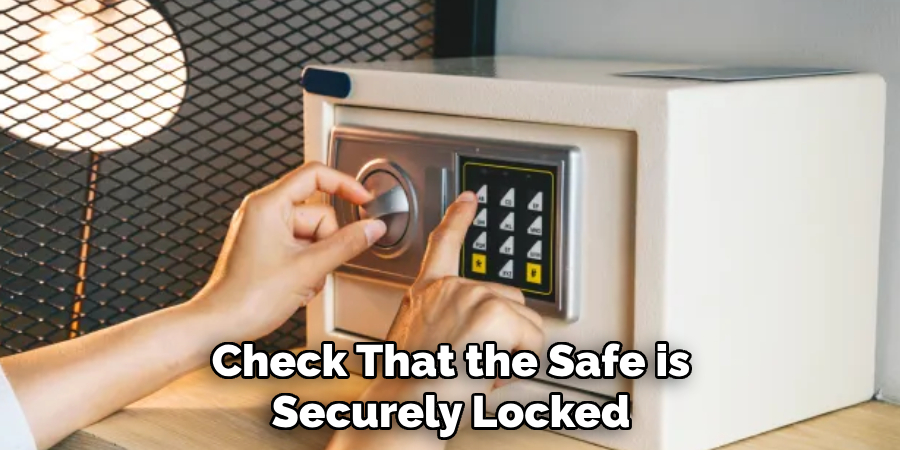
Additionally, refrain from sharing your safe code with others, even if they are accompanying you on the trip. It is wise to store only essential valuables in the safe, such as passports, jewelry, or important documents, while keeping less critical items elsewhere. Finally, double-check that the safe is securely locked before leaving your room. By exercising these precautions, you can minimize risks and keep your belongings secure during your stay.
Conclusion
Using a hotel safe is one of the best ways to protect your valuables while traveling. By following the steps outlined above, you can ensure that your belongings are securely stored throughout your stay. Whether you’re dealing with electronics, cash, or important documents, taking the time to properly use the hotel safe can give you peace of mind and protect your items from theft.
Remember to follow the hotel’s instructions, set a secure PIN code, and never leave valuables in the open while you’re away from your room. Proper use of the hotel safe is a small but essential part of your overall travel safety. Thanks for reading, and we hope this has given you some inspiration on how to use hotel safe!

